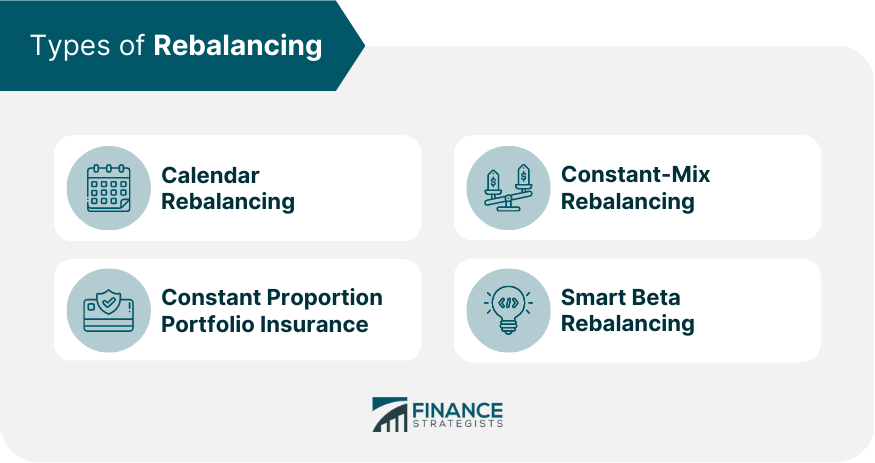Which Annuities Provide Withdrawal Options. Annuities are an ideal way to ensure that your retirement savings last for the rest of your life. With this type of annuity, you make a single lump-sum payment and, in return, receive regular payments from the insurer for as long as you live. These payments can be set to increase over time or stay the same for the whole length of the contract.
With immediate annuities, you can choose how and when to take money out. Depending on your needs, you can customize your payout plan in a number of ways. You also have the option to choose between monthly, quarterly, semi-annual, or annual payments.
Also, if you need to, you can choose to take more withdrawals at any time during the contract’s term without being charged any extra fees or penalties.

Deferred Annuities
Let’s discuss the benefits of deferred annuities and the tax advantages they provide.
I’m sure these topics will help us better understand the advantages of investing in deferred annuities.
Deferred Annuity Benefits
Deferred annuities are a great choice for people who want to plan their retirement income and make sure they will have money in the long run. They have a lot of benefits, like letting you put off paying taxes until you withdraw the money, letting your investment grow tax-free, and giving you options for a guaranteed income for life.
Which Annuities Provide Withdrawal Options| Right Now
Deferred annuity benefits also include flexibility in how you withdraw money from your account; you can choose an immediate payout or spread out payments over time with different types of annuities, like fixed-rate or variable-rate products. Also, some deferred annuity contracts let you take money out if you need to without a penalty.
With so many withdrawal options available through deferred annuities, it’s easy to see why they’re becoming increasingly popular with retirees who want more control over their finances.
Tax Advantages of Deferred Annuities
The tax advantages of deferred annuities are one of the most attractive benefits that make them such a great retirement planning option. Which Annuities Provide Withdrawal Options| Right Now.
Not only can you put off paying taxes until you withdraw your money, but many products also let you grow your money without paying taxes on it.
This means that growth in an annuity is not taxed every year. Instead, it builds up and stays tax-free until it is withdrawn.
Plus, if withdrawals are done correctly, they can be spread out in order to minimize the amount of taxable income taken at any given time.
All these features mean more money goes into your pocket instead of Uncle Sam’s!
Which Annuities Provide Withdrawal Options| Right Now
Partial Withdrawal Provisions
Continuing on from the discussion of deferred annuities, we now turn to one significant advantage they offer: partial withdrawal provisions. Deferred annuities allow you to withdraw part of your funds without incurring penalties or other financial losses.
This can be a great way to access some of your savings while still having the security and tax advantages that come with an annuity.
Here are just five of the many withdrawal options available through deferred annuities:
Take withdrawals as needed for income in retirement.
Make lump-sum withdrawals at certain times.
Withdraw money in installments over time.
set up systematic withdrawals over several years.
Create fixed payment plans for regular payments.
No matter which option you choose, it’s important to remember that each has its benefits and drawbacks depending on your individual situation. That is why it’s best to work with a qualified financial planner who understands your needs and goals before making any decisions about taking out funds from your annuity. Which Annuities Provide Withdrawal Options| Right Now.
Different Tax Implications
They say that the only certainties in life are death and taxes. This is certainly true when it comes to annuities, as these investments often have different tax implications depending on how you use them.
When withdrawing money from an annuity, there can be a variety of options available to you. For example, if your goal is to access the funds over a period of time while preserving some of the principal balance for another purpose, taking withdrawals through systematic or periodic payments might be best. In this case, you’d pay income taxes up front at ordinary income rates on each withdrawal amount rather than all at once when cashing out the entire policy.
On the other hand, if simply needing cash quickly is more important than preserving any remaining principal value in your account, then one-time lump sum distributions may be preferable, although they will typically incur higher taxes due to capital gains treatment. Which Annuities Provide Withdrawal Options| Right Now.
Which Annuities Provide Withdrawal Options
Annuity Riders for Additional Benefits
As we’ve seen, annuities come with a variety of tax implications. But there’s more to them than just taxes; annuities can also provide additional benefits through riders. Riders are special add-ons that give you more control over your policy, and they’re often used as part of an income strategy.
They include features like death benefits, living benefits, spousal protections, and withdrawal options—all of which help you get the most out of your annuity contract.
For example, if you choose to invest in an immediate or deferred annuity, you’ll have the option to withdraw funds at any time during the accumulation phase (before retirement). Depending on the terms of your contract and state law, this could be done without incurring any penalties or fees.
You may also be able to adjust how much you withdraw each month so that it corresponds with your current lifestyle needs and changes throughout your lifetime. This gives you greater flexibility around when and where money is distributed from your account.
Which Annuities Provide Withdrawal Options

Frequently Asked Questions
What Is The Minimum Investment Required To Purchase An Annuity?
Do you want to know the minimum investment for purchasing an annuity?
Well, if you’re looking for a steady stream of income and some financial security in retirement, then investing in an annuity can be a great option. However, it’s important to consider how much money is needed to make such an investment happen.
Generally speaking, most annuities require at least $5,000 as a starting point before any withdrawals or benefits can begin. While this may seem like quite a bit of cash up front, the long-term rewards could be well worth it!
How Long Does It Take To Receive Payments From An Annuity?
If you’re considering investing in an annuity, then one of the biggest questions on your mind is probably how long it will take to start receiving payments.
The answer depends on the type of annuity you purchase, but typically it can be anywhere from a few weeks to several months before withdrawal options become available.
It’s important to remember that once you begin taking withdrawals from your annuity contract, there may be surrender charges or other penalties for early termination.
So make sure to do your research and discuss all potential outcomes with your financial advisor before purchasing an annuity!
Can I access the funds in my annuity early without penalties?
When it comes to annuities, accessing the funds early without any penalties may seem like a distant dream. However, it’s not as far-fetched as you might think!
It is possible to access your hard-earned money before its maturity date, but only if certain conditions are met. Make sure to talk to your financial advisor about all the details first so that you don’t break the law and have to pay hefty fines or interest.
After all, knowledge is power in this day and age!
Are annuities a good investment for retirement?
Are annuities a good investment for retirement?
The answer is yes, they can be!
Annuities provide guaranteed income that lasts throughout your retirement. They offer flexibility to meet individual needs and the option of regular payments or lump-sum withdrawals.
With an annuity, you won’t have to worry about outliving your savings, as it provides a steady stream of income until death.
Plus, there are various tax advantages associated with annuities that make them even more attractive investments.
Are There Any Fees Associated With Annuities?
With annuities, it’s important to know what fees you may be responsible for.
In fact, the U.S. Securities and Exchange Commission states that investors pay an average of 1.28% in annual expenses when investing in a fixed annuity.
These fees can include things like surrender charges if you withdraw your money early or mortality and expense risk charges, which cover administrative costs associated with the contract.
Also, some contracts may have extra fees for “riders” that give extra benefits, like income for life or protection for beneficiaries in case of death.
It’s worth noting that these types of riders come with their own set of fees, so make sure you understand them before signing on the dotted line.

Conclusion
An annuity can be a great investment for retirement. The potential benefits of an annuity are immense—they offer security, flexibility, and a guaranteed income stream!
Depending on the type of annuity you choose, there are different ways to get your money out, but most of them let you do so without a fee if you need to.Annuities also come with very low fees, which makes them an even better choice as an investment.
If you’re looking for peace of mind knowing that you will always have money coming in during retirement, then investing in an annuity is one of the best decisions you could ever make!












Leave a Reply